Photographing horses, or any animal at that, is very similar to photographing children… it requires time and lots of patience. They are beautiful, majestic animals with eyes that seem to see right into your soul and whether they are standing still or performing, they are amazing creatures to photograph.
There is no “right or wrong” way to photograph something if you are capturing and creating what you love. But, just like anything in life, there are ways of making it “easier” and helping to create images that you can be proud of. Here is a list of some of the basic things to keep in mind when starting out with equine photography.
-
No.01Patience
I could probably say “have patience” a thousand times and it still wouldn’t feel like I said it enough. Patience is the key to successful equine images.
They are animals so they are essentially unpredictable and when they sense the least bit of stress or anxiety from anyone involved in the session they feed off of it. When a horse is uncomfortable, anxious or stressed it translates in the image. I’m pretty sure everyone will concur, I would rather photograph a happy horse over an upset horse and be chasing it through a field to catch up!
Watch them, study them, their eyes and ears tell you exactly what they are feeling (more to come on that in a later point) so staying calm, being patient (have I said that too many times already?) and taking your time is at the top of my list.
-
No.02This is no “one hour session”
To dive a little bit deeper into “taking your time,” (which is NOT the same as having patience! PROMISE) whether you are photographing horses alone in a field or working on a horse/owner portrait session, it is not something you can put a time limit on. This is not a “one hour session.”
With most equine sessions I have, I try to arrive early, spend time with the animal so they are comfortable around me. I let them see and hear the sounds of my camera and my voice.
Sometimes I will be there for two hours if things go unbelievably smooth, other times it may be all day. It’s kind of like dealing with a newborn, its unpredictable and you just never know.
I also take my time with whoever the person is that is being photographed with the animal. Having that person be comfortable with me, as in any photoshoot, is just as important.
I love to hear their story as a team together and find out more about their relationship. The bond between a person with their horse is one few understand unless they have ever experienced it. Words may not be able to describe it, but an image can.
Sometimes just sitting back and watching the non verbal communication between the eyes of the horse with “their person” can allow some of the best images.
If you are in a situation of photographing just the animal, once again, take your time.
A wildlife photographer never captured a “perfect” picture of a whale jumping out of the water by watching and then grabbing his camera in the middle of the jump. (Ok… I realize that is a silly analogy, but just go with it.)
Hold your camera up, watch the horse/horses through the lens. What they are doing at that exact moment may not be “photo worthy” but a moment changes in the blink of an eye.
Be ready.
-
No.03Be Prepared (photographer and horse)
Horses perform better if they are tired, at least for pictures anyways. If it is a portrait session you are photographing, don’t be afraid to tell the owner to work their horse down. Lunging for a LONG time will greatly help.
They tend to get a burst of energy when they get in front of camera or at the location of the shoot, so having them worn down is good. (A clean horse is usually a good thing too.)
Its also important to be prepared as the photographer. Know what type of equine “event” you are shooting. If it is a portrait session or a horse race, pick your lens accordingly.
If you are photographing a jumping event, horse show, wild horses, etc… it is good to have a zoom lens, but portraits and details (which is more of what I do), take your pick. I prefer a good prime lens, usually my 50mm.
Base some of what you do off of your shutter speed. Horses ears are quick to move so be match your settings on your camera for that. For example, general images like portraits or details, probably no less than 1/250th.
But if they are moving, (i.e.: being ridden/ jumping/ running through a field) you will want a faster shutter speed so their legs are in focus, likely no less than 1/650th. (For race horses it would be even faster.)
-
No.04Angles and Stance
Horses can sometimes look extremely awkward in images. Certain angles can make them look like their head is three times the size of their body. Be conscious of what is in your frame and what it looks like… their head, their rump, they neck, etc.
Also if working with an individual with their horse, how and where they are standing makes a difference as well.
Many breeds have what is considered the “correct” stance. Know the breed before you take the images and know what is considered classic/traditional for that horse. Talk to their owner about what they prefer as well, or be artistic and make it work for what you are going for as a photographer.
A good basic “go to” is squared up (meaning each foot side by side) and their head slightly raised with ears forward.
-
No.05Eyes and Ears
I have mentioned eyes and ears a few times already. (Have I mentioned being a patient? Just kidding!!! ) Horses eyes and ears help to tell what they are feeling.
For example, if a horses ears a pinned back laying flat that typically means they are mad. If they are out to the side, that usually means they are comfortable and at ease. If there is rapid movement from front to back, constantly swiveling back and forth this is a sign the animal is alert but likely having some anxiety.
Their eyes are similar in some ways. By watching them you can help to decipher if they are tense, nervously watching something or if they are comfortable with what is going on around them. Sometimes seeing the whites of a horses eyes means something is wrong and they are not happy. (But with that said there are certain breeds where you can see the whites of their eyes all the time.)
When I work with horses, the majority of the time I prefer their ears to be up with the sense they are alert but comfortable.
-
No.06Assistant
Having an assistant on portrait sessions is something worth considering. I have done both and can attest that the images where an assistant was present turned out much better.
With equine photography there are so many things to factor in and it is nice to have an extra set of eyes. An assistant can help in getting the horse to put their ears forward (a good trick is a bucket of grain or a stuffed animal that makes a noise), feet positioning, as well as a grooming issue on the horse as well as touch ups on a person if needed.
I personally love to photograph children with horses so in that avenue, safety is the most important thing. In many of the images I have taken there is an adult/assistant just out of the frame to jump in and grab the horse or child if anything were to happen.
Bottom line in this one, you can’t go wrong with help!
-
No.07Be Careful
Whether you are at a show, a portrait session, or by yourself in the middle of the west chasing wild horses, be careful.
At shows, be careful your camera doesn’t scare the horse and put the rider in danger. Many horses are afraid of flash photography, so know what situation you are in before you use it or try to refrain from using it all together.
If it is a portrait session, be aware of your own, the owners, and the horses comfort zone and stay within that. If you are alone in a field with horses you do not know or even wild horses, carry a crop (or extra long lens).
Equine sessions should be fun and enjoyable to shoot and be a part of. Safety should be of the upmost importance!


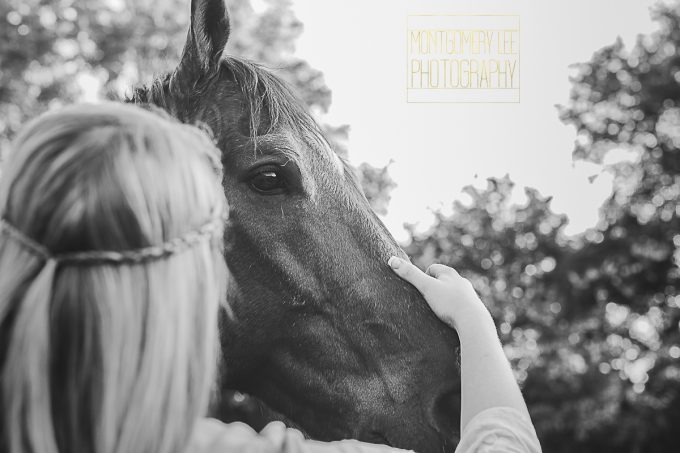
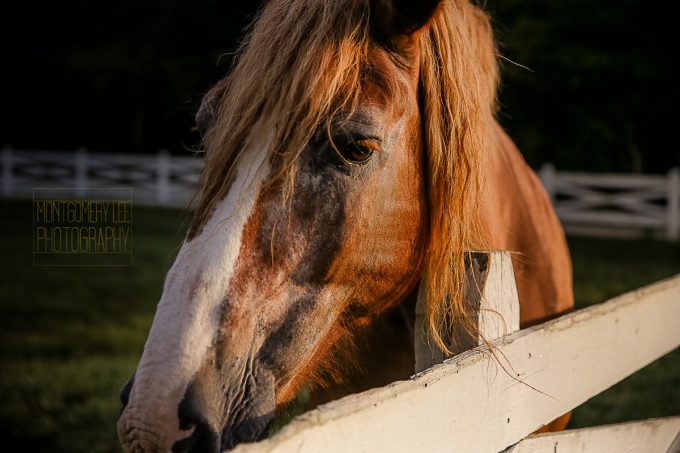
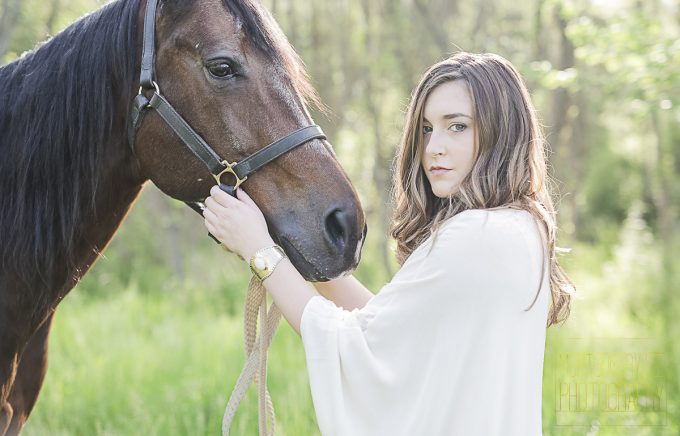
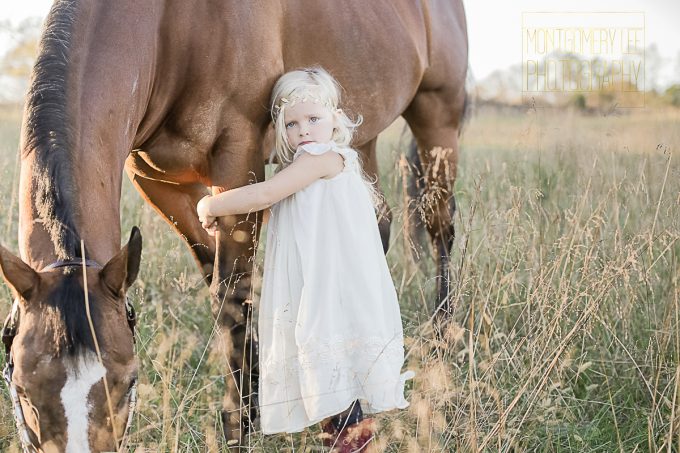
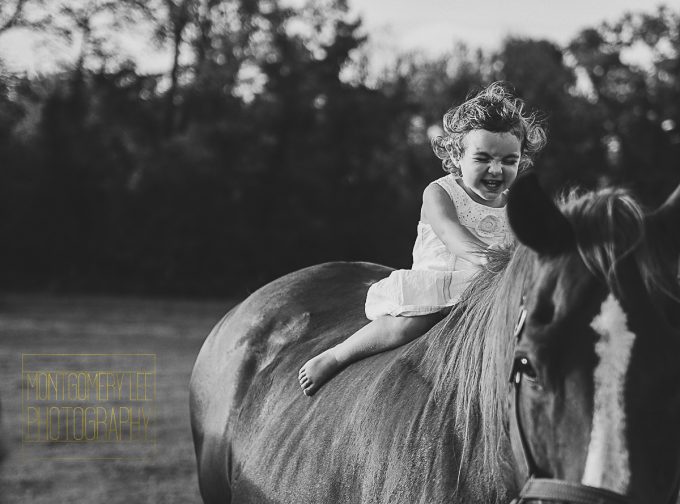
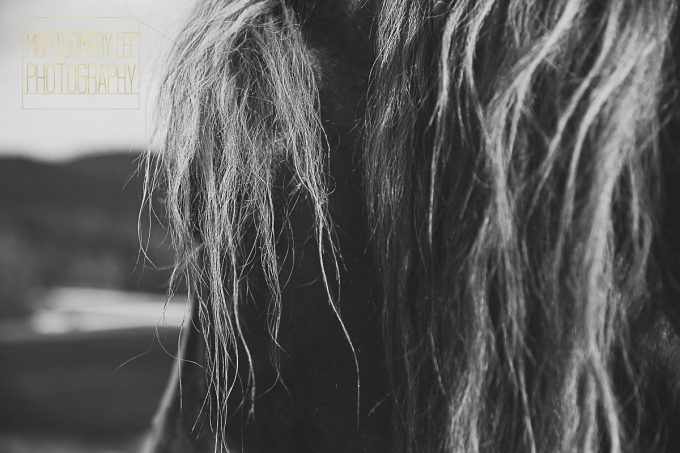
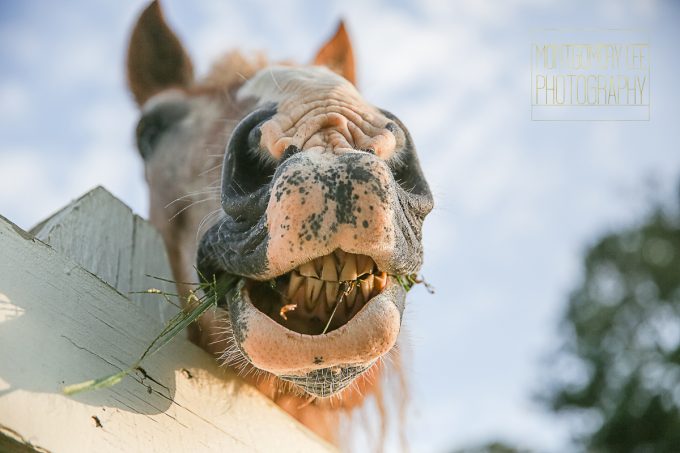
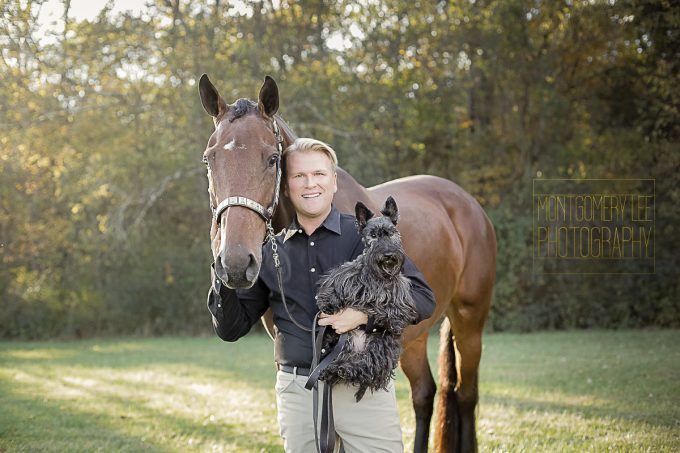
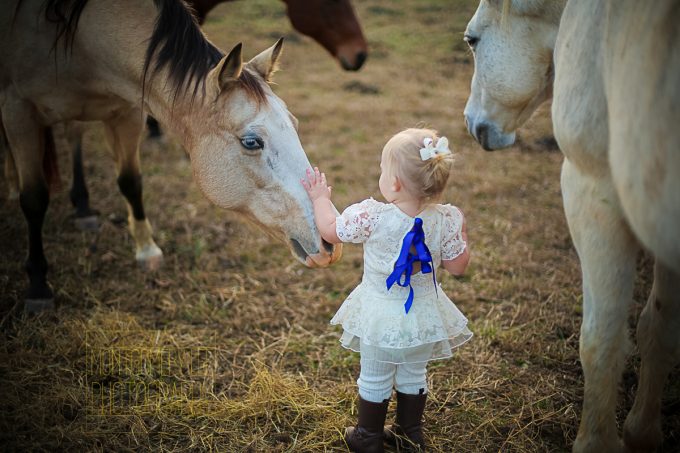
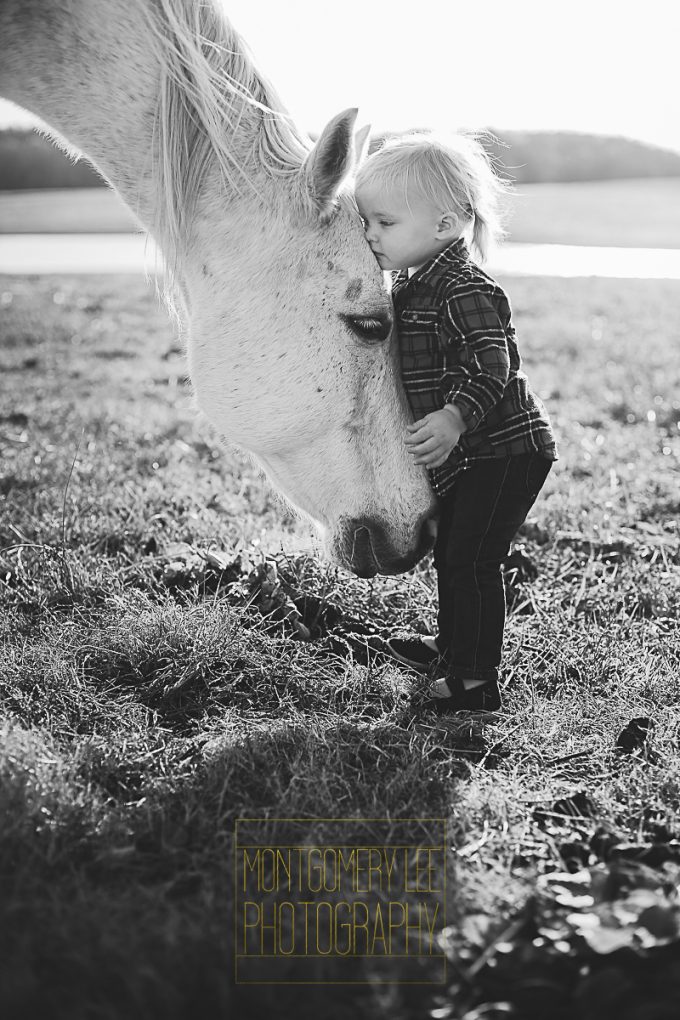






You actually reported that wonderfully.|
http://psychozombie.com/